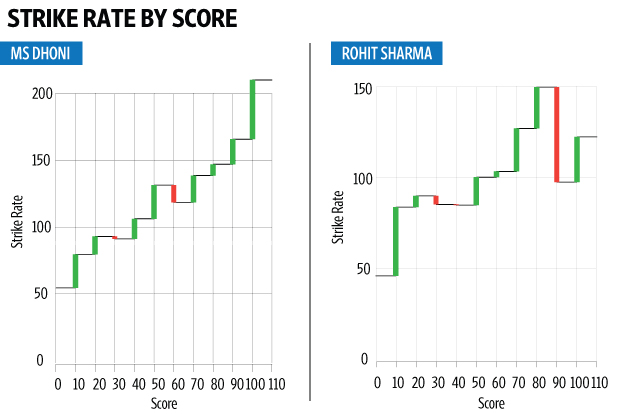I don’t know the answer to that question. However, I have a theory on how handwriting passes on down the generations.
So my daughter goes to a montessori. There they don’t teach them to read and write at a very early age (I could read by the time I was 2.5, but she learnt to read only recently, when she was nearing 4). And there is a structured process to recognising letters (or “sounds” as they call them) and to be able to draw them.
There are these sandpaper letters that the school has, and children are encouraged to “trace” them, using two fingers, so they know how the letters “flow”. And then this tracing helps first in identifying the sounds, and later writing them.

With school having been washed out pretty much all of this year, we have been starved of these resources. Instead, over a 2 hour Zoom call one Saturday in July, the teachers helped parents make “sound cards” by writing using a marker on handmade paper (another feature of Montessori is the introduction of cursive sounds at a young age. Children learn to write cursive before they learn to write print, if at all).
So when Berry has to learn how a particular sound is to be written, it is these cards that I have written that she has to turn to (she knows that different fonts exist in terms of reading, but that she should write in cursive when writing). She essentially traces the sounds that I have written with two fingers.
And then in the next step, I write the sounds on a slate (apparently it’s important to do this before graduating to pencil), and then she uses a different coloured chalk and traces over them. Once again she effectively traces my handwriting. Then earlier this week, during a “parent and child zoom class” organised by her school, she wanted to write a word and wasn’t able to write the full word in cursive and asked for my help. I held her hand and made her write it. My handwriting again!
Now that I realise why she seems to be getting influenced by my handwriting, I should maybe hand over full responsibility of teaching writing to the wife, whose handwriting is far superior to mine.
The trigger for this post was my opening of a notebook in which I had made notes during a meeting earlier this week (I usually use the notes app on the computer but had made an exception). Two things struck me before I started reading my notes – that my handwriting is similar to my father’s, and my handwriting is horrible (easily much worse than my father’s). And then I was reminded of earlier this week when I held my daughter’s hand and made her write.
This is how handwriting runs in the family.


